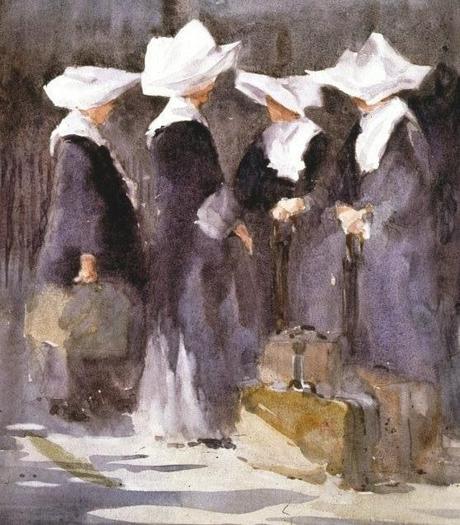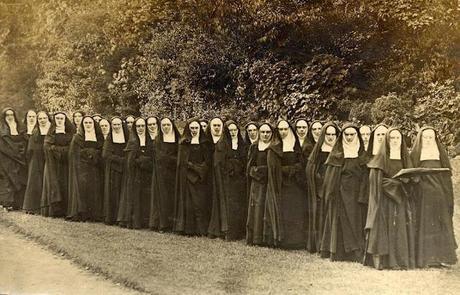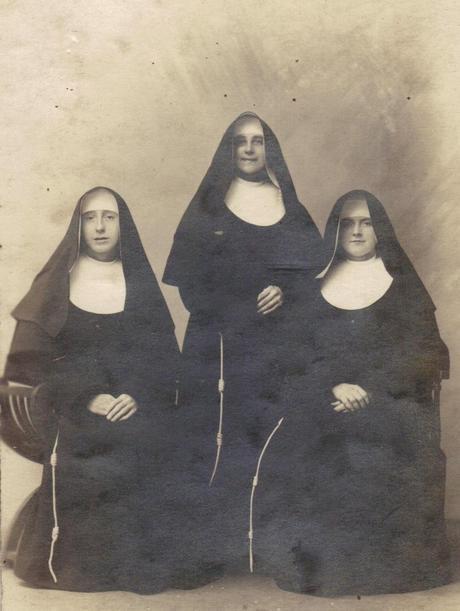

Have you ever heard of nun’s cloth or nun’s veiling? Neither did I! I’m fascinated when I find information like this. It’s like discovering that last marshmallow at the bottom of a box of Lucky Charms when you thought none were left.
When I went looking for more information on nun’s cloth, I didn’t find much. Actually, I didn’t find anything more than the definition above. So, to explain what nun’s cloth is, I’m going to leave it to the source of information, Selvedge magazine’s Evergreen issue (Nov/Dec 2012). Quoting them…
“Nun’s Veiling became fashionable in the 1880s as one of the wonderful range of Victorian fabrics so suitable for layering, ruffling and draping. By using the finest wool, woven in plain-weave, it gave the softness and transparency of muslin, and is similar to ‘Ring cloth’, so named because the full width could be drawn through a wedding ring. Named for the capacious veil worn over the headdress by some orders of nuns, Nun’s Veiling was popular for full mourning dress, especially during the summer months as it was lighter to wear but no less sombre in effect. Undoubtedly it was a suitable pious choice, as in the Middle Ages the habits of some orders of nuns derived from the ‘widow’s weeds’ word at the time of their development. Later in the Victorian era, the term Nun’s Cloth became synonymous with Nun’s Veiling, although its construction was slightly different. Once known as ‘Mousseline de Laine’, Nun’s Cloth was one of the mixed cloths that became popular in the mid-18th century. Combining a cotton warp with a worsted weft, it was first noted in production in Coine in Lancashire during the 1830s, providing a valuable outlet for hand weavers who were not yet ready to succumb to the mechanization that was already sweeping the area. It had excellent qualities for dyeing and became fashionable dress as well as printed shawls which were exhibited at the Great Exhibition of 1851. In white or cream, Nun’s Veiling was a popular choice for formal or evening wear for young ladies. Fashionable for afternoon dress in pale shades, it was also recommended by the Rational Dress Society, and by the end of the century it was used for lining bodices and sleeves as it was soft close to the skin, and resistant to creasing.”An interesting history, right? has anyone else heard of nun’s veiling or nun’s cloth? If so, do you have fun facts to share?


